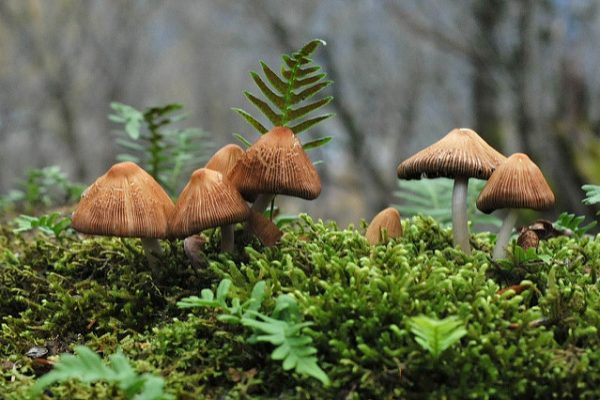A Gentle Introduction to Padding and Stride for Convolutional Neural Networks

Last Updated on August 16, 2019
The convolutional layer in convolutional neural networks systematically applies filters to an input and creates output feature maps.
Although the convolutional layer is very simple, it is capable of achieving sophisticated and impressive results. Nevertheless, it can be challenging to develop an intuition for how the shape of the filters impacts the shape of the output feature map and how related configuration hyperparameters such as padding and stride should be configured.
In this tutorial, you will discover an intuition for filter size, the need for padding, and stride in convolutional neural networks.
After completing this tutorial, you will know:
- How filter size or kernel size impacts the shape of the output feature map.
- How the filter size creates a border effect in the feature map and how it can be overcome with padding.
- How the stride of the filter on the input image can be used to downsample the size of the output feature map.
Kick-start your project with my new book Deep Learning for Computer Vision, including step-by-step tutorials and the Python source code files for all examples.
Let’s get started.